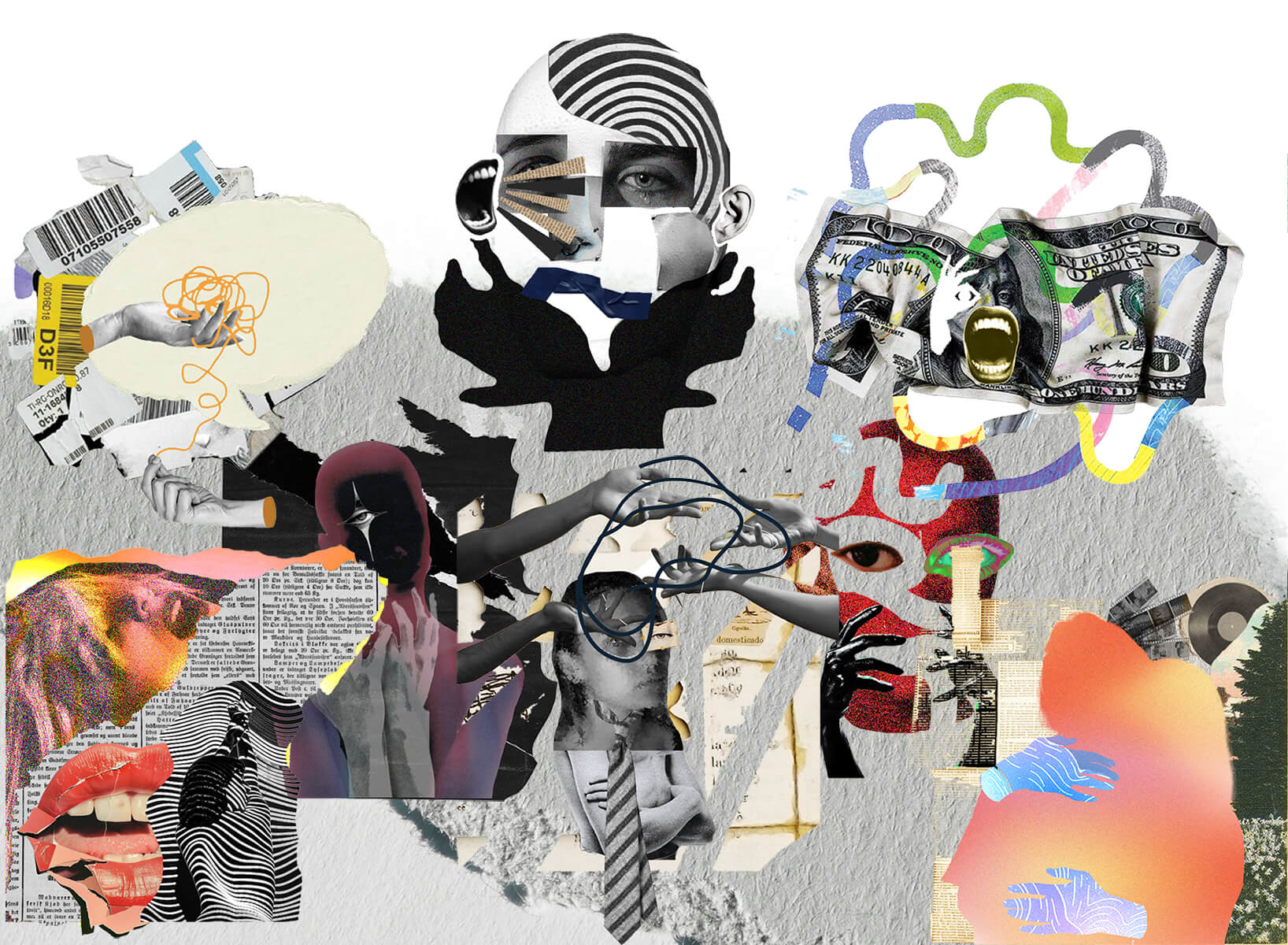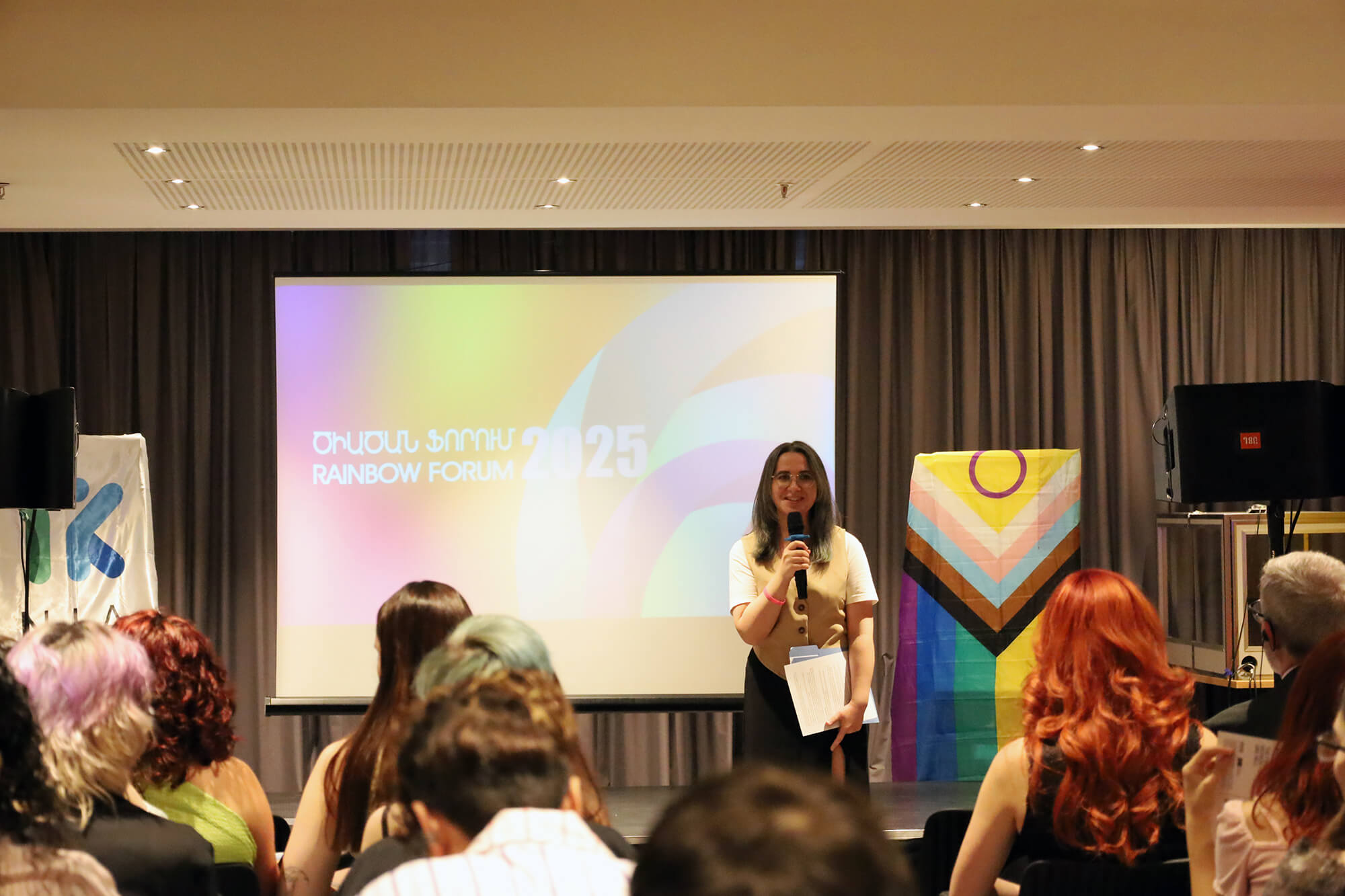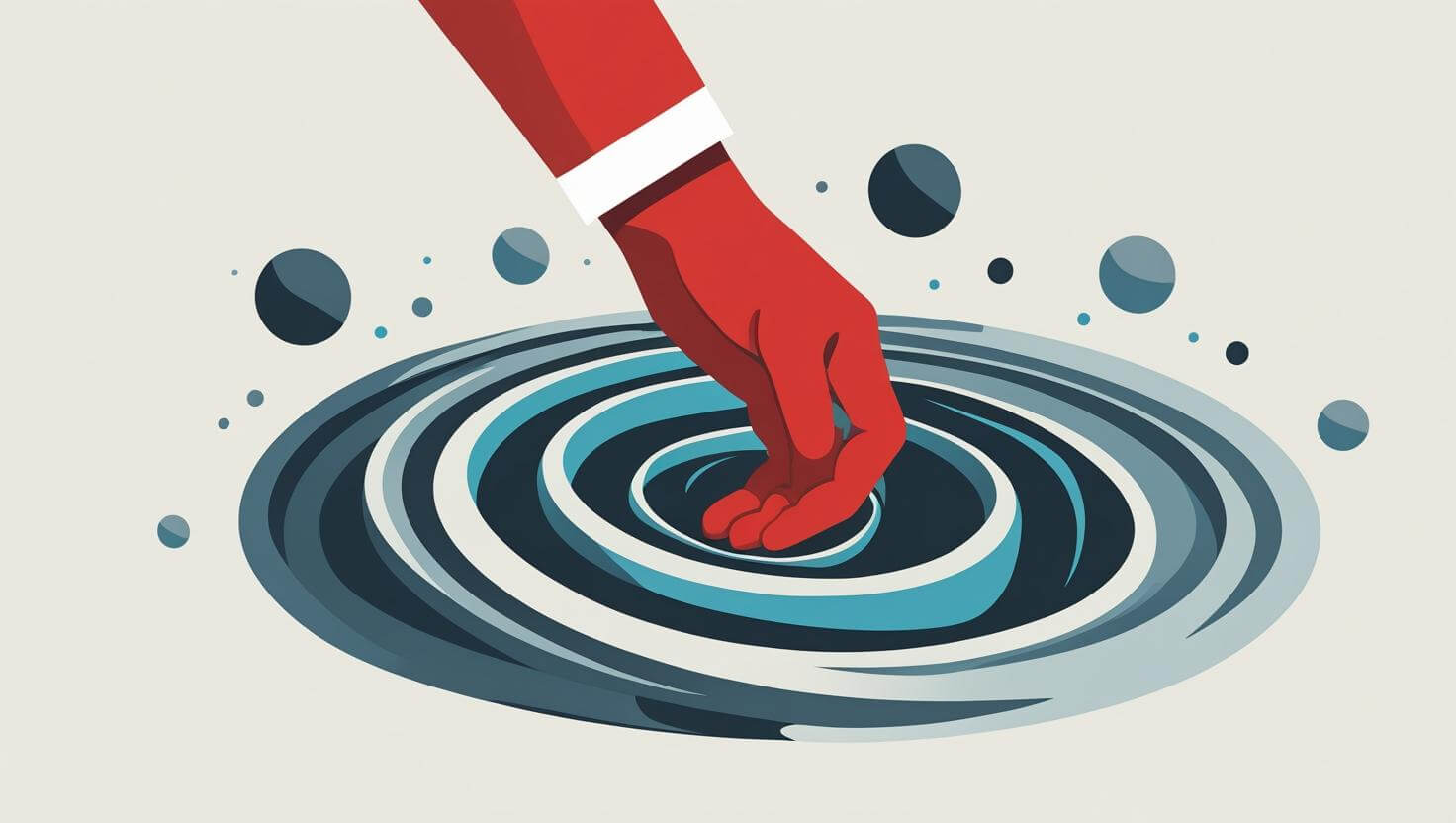Bullying in Armenia and how to prevent it
Bullying is unwanted, repetitive, aggressive behavior amongst school children and youth. It involves a real or perceived power imbalance initiated through physical, verbal, or social behaviors. Physical bullying is the most prominent form, consisting of hitting, slapping, pinching, spitting, breaking belongings, etc. More insidious are verbal and social bullying methods where the perpetrator uses words, slurs, name-calling, and spreads rumors to demean, embarrass, coerce, exclude, or belittle someone. Sexual bullying includes crude gestures, unwanted touch, and comments on physical appearance or sexual development, while cyber-bullying uses the internet to target and harass an individual intentionally.
Bullies and the bullied
We should not label bullies as inherently “bad” children; they are likely to have also been bullied and are trying to regain power, control, and self-esteem. In addition, they may have difficulty with emotional regulation and impulse control, leading to more aggressive outbursts during stressful situations. Conversely, victims of bullying are more likely to be perceived as weak or different from their peers due to physical expression or socio-economic standing. LGBTQ youth, racial or religious minorities, and socially isolated youth are particularly high-risk due to culturally instilled prejudices.
Studies show that being involved in bullying in any way, either as a bully, someone bullied or a witness, has long-term physical and psychological consequences. They are more likely to exhibit signs of depression, anxiety, involvement in interpersonal violence, substance abuse, and poor school performance. These consequences all contribute to statistics showing youth in bullying dynamics to being at least twice as likely to consider or attempt suicide than those who are not.
Preventing bullying: See something, say something!
Early intervention is critical; parents, peers, schools, and governments all play a role in bullying prevention. Though children are not eager to talk about bullying, studies show they will look to their parents for advice on tough decisions if they feel safe enough. Therefore, parents are often the first line of defense against bullying.
A child may be exhibiting signs of being bullied if you realize that they are showing up with unexplainable injuries, repeated lost or destroyed items, have begun to lose interest in things they once enjoyed, and are actively avoiding going to school or social outings by feigning illness as an excuse.
It is essential to introduce anti-bullying and anti-discrimination conversations from a young age to eliminate bullying incidents sooner rather than later. Be straightforward about who bullies and why, watch videos together, and discuss it afterward. In addition, you can spend 15 minutes daily talking to your kids about their school life and schedules; check-ins about how school went for them that day, whether anything good or bad happened, and activities they partook in over lunch can help parents identify changes in their children’s routine that could point to trouble at school. Finally, refrain from immediately calling the bully’s parents, as it can make matters worse; instead, contact school officials to help mediate the situation.
One of the most important tools at our disposal is therapy, which provides a neutral space for children to feel safe and express themselves, something neither teachers nor schools can provide. For example, therapists can help bullies identify where their anger comes from and why they act out, working with them to change their bullying behaviors. In addition, therapy can help teach skills such as emotional regulation, conflict management, empathy development, increasing feelings of self-worth, reducing fear and anxiety, confronting and deterring self-harm ideations, and much more.
Bullying statistics in Armenia
The Health Behavior in School-aged Children of Armenia (HBSC) surveys from 2013/2014 and 2017/2018 gives us total data points for comparison. In 2013, 18% of children reported having physically bullied another child once or twice; contrasted with 17.3% that said they had been bullied once or twice in the last two months. Comparisons show that bullying amongst boys has almost doubled between 2013 & 2017. In addition, 21% of youth missed school days due to being bullied and the fear of violence.
Young voices of Armenia, Save the Children, and World Vision Armenia completed one of the most comprehensive studies, spanning all ten provinces and Yerevan in 2017. The results are as follows: 84% of children want Armenia to improve bullying prevention efforts, and 38% witnessed physical bullying in school anywhere between 1-5 times; however, 90% of children said they were not worried about being bullied. This statistic shows a disconnect between the percentage of people bullying and those reporting concerns about being bullied. Furthermore, at least 21% of bullying is due to appearance, particularly damaging to the LGBT community, while 10% is due to socio-economic standing.
EVN report wrote about a study conducted in Gyumri by “Nor Luys” Mentoring Center in 2021 that 24% of children said they had been bullied based on discrimination due to their appearance or identity or speech, while 64% have witnessed bullying. They reference an HBSC study that states roughly 26.5% of youth experience depression, hopelessness, and the inability to problem-solve. Police Reports in Armenia mirror what we know about suicide having a higher rate among those involved in bullying; over the last 5 years, 108 children have attempted suicide, 25 of which were successful.
Statistics suggest that the LGBT community is at the greatest risk of being bullied, that there has been an increase in incidents over the years, and that there is a disconnect between the percentage of bullying witnessed and the amount of bullying the victims report.




